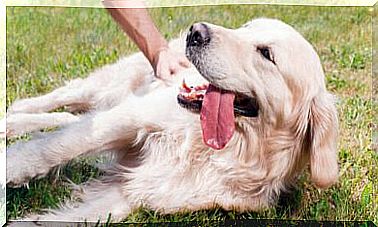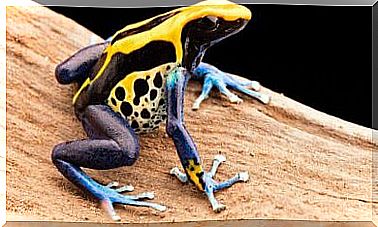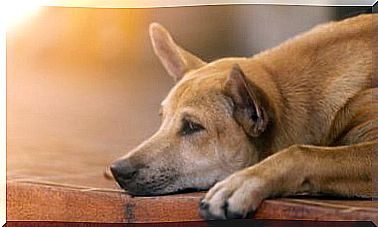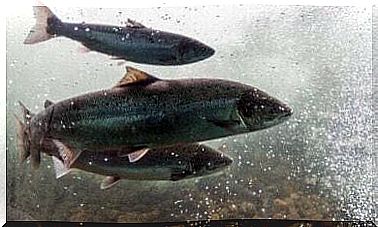Chemotherapy Treatments For Dogs
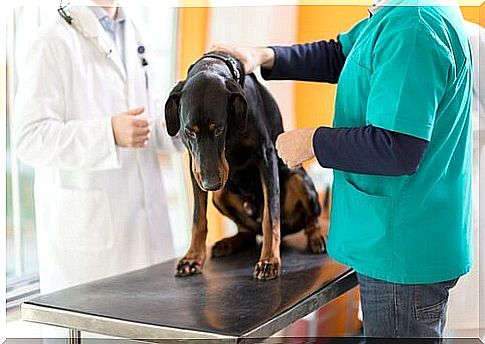
The chemotherapy for dogs is commonly used to treat mainly lymphosarcoma and mast cell tumor. Lymphosarcoma is a type of cancer that affects lymphocytes and can damage the liver and spleen.
Instead, mast cell cancer is a type of skin cancer that affects mast cells – connective tissue cells – and can spread to other organs. Treatment is necessary in the shortest possible time.
In both cases, the effect of the chemical treatment is noticeable, with about 80% of the responses being positive. However, chemotherapy for dogs can also be used to treat other cancers. The most common types of cancer in dogs are:
- Skin cancer
- Lymphomas
- Breast cancer
- Cancerous tumors (mainly in the head and neck)
- Testicular cancer
- Bone cancer
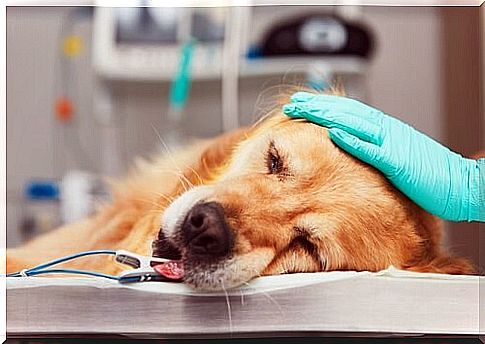
Does a dog diagnosed with cancer always need chemotherapy?
No. Chemotherapy is one of the possible treatments for cancer in dogs, but its use must be evaluated by the veterinarian, based on the evolution of the cancer in the body and the state of health of each dog. In general, chemotherapy is recommended in the following cases:
- When the cancer affects several organs or spreads in the body : When cancer cells have spread throughout the body or affect various organs – lymphoma, for example – it becomes impossible to remove the tumor through surgery.
In these cases, chemotherapy is usually the best alternative to try to contain the tumor and extend the life expectancy of the animal.
However, if the cancer is advanced, there is metastasis or the dog is already very weak, chemotherapy is usually not recommended.
- When the surgical procedure does not completely eliminate the tumor : In some cases, extraction surgery is vital and effective, but cannot extract the tumor in its entirety.
In this case, the veterinarian may decide to use chemotherapy after surgery to complete the elimination of the cancer cells.
- If the tumor is too large to be removed by surgery : If the vet finds that the size of the tumor is too large to be removed in surgery, chemotherapy can be used to reduce its size.
Depending on your response to treatment, your vet will look into the possibility of post-chemotherapy surgery to remove the small tumor.
- After a tumor is removed : Even when the surgery is successful and the tumor is removed, the vet may prescribe chemotherapy to clear the remaining cancer cells. In this way, the risk of a new tumor is prevented.
How does chemotherapy work in dogs?
Cancer cells have abnormal growth, which multiplies much faster than normal cells.
The goal of chemotherapy is to slow growth and eliminate these cells. In this regard, specific drugs are used that detect the accelerated activity of malignant cells and destroy them.

In practice, chemotherapy is most effective for young or small tumors that show intense cell division activity.
For advanced-stage cancer, cancer cells slow down their reproduction and enter a “resting” phase. In this case, chemotherapy drugs are unable to differentiate malignant cells from normal cells.
What are the side effects of chemotherapy in dogs?
As with almost all drug treatments, chemotherapy also has some side effects. However, it is estimated that only 5% of patients experience negative reactions after treatment.
The main side effects of chemotherapy in dogs are:
- Eating and digestive problems : lack of appetite, diarrhea, nausea and vomiting. Fortunately, there are many medications and some natural supplements to prevent and relieve these ailments.
- Immune System Weakness : With the action of chemotherapy, some dogs can experience a drop in their immune systems, making them more vulnerable to developing a variety of diseases, from transient colds to more complex infections.
- Hair loss : Dogs are rarely shed during chemotherapy treatment. However, it could happen. On some occasions, the hair can grow to different shades and textures in specific areas.
Fortunately, advances in veterinary science and medicine have significantly improved chemotherapy treatments in dogs.
Thanks to this, the prognosis for a cancer diagnosis is much more positive than in the past.
